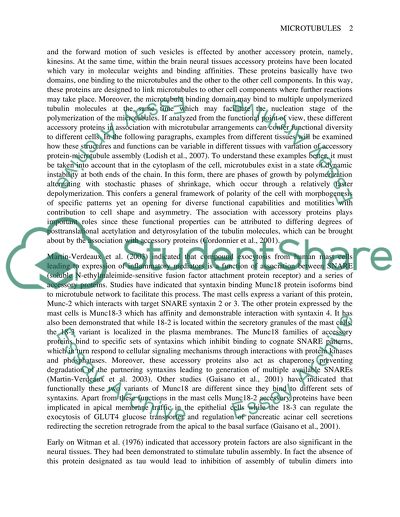Cite this document
(“Microtubules Essay Example | Topics and Well Written Essays - 1500 words - 1”, n.d.)
Retrieved from https://studentshare.org/science/1514256-microtubules
Retrieved from https://studentshare.org/science/1514256-microtubules
(Microtubules Essay Example | Topics and Well Written Essays - 1500 Words - 1)
https://studentshare.org/science/1514256-microtubules.
https://studentshare.org/science/1514256-microtubules.
“Microtubules Essay Example | Topics and Well Written Essays - 1500 Words - 1”, n.d. https://studentshare.org/science/1514256-microtubules.


